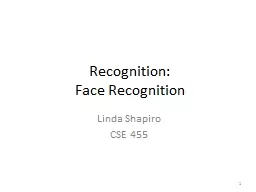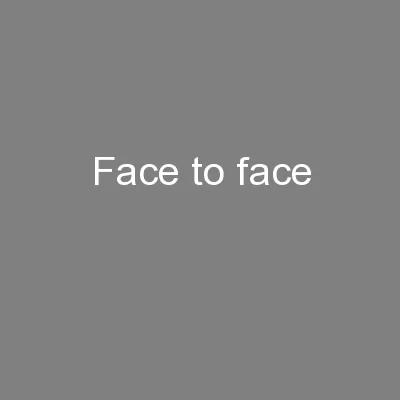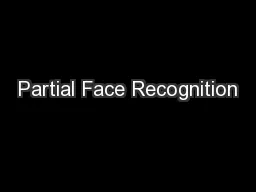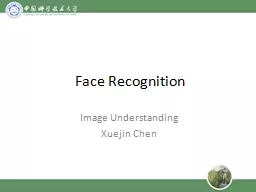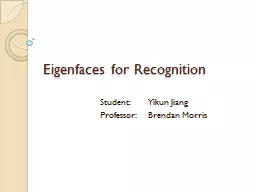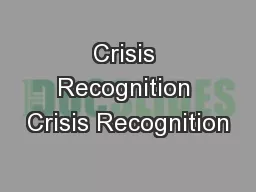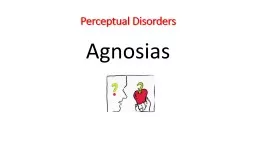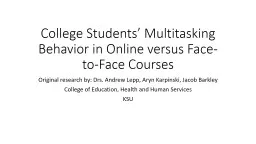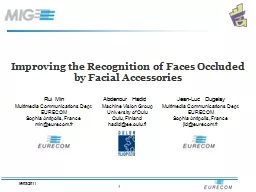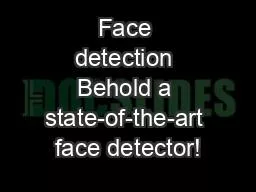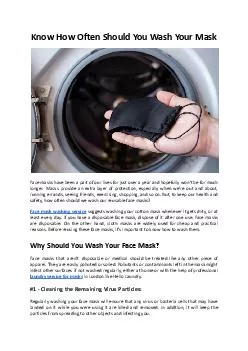PPT-Recognition: Face Recognition
Author : tawny-fly | Published Date : 2018-02-22
Linda Shapiro CSE 455 1 Face recognition once youve detected and cropped a face try to recognize it Detection Recognition Sally 2 Face recognition overview Typical
Presentation Embed Code
Download Presentation
Download Presentation The PPT/PDF document "Recognition: Face Recognition" is the property of its rightful owner. Permission is granted to download and print the materials on this website for personal, non-commercial use only, and to display it on your personal computer provided you do not modify the materials and that you retain all copyright notices contained in the materials. By downloading content from our website, you accept the terms of this agreement.
Recognition: Face Recognition: Transcript
Download Rules Of Document
"Recognition: Face Recognition"The content belongs to its owner. You may download and print it for personal use, without modification, and keep all copyright notices. By downloading, you agree to these terms.
Related Documents

